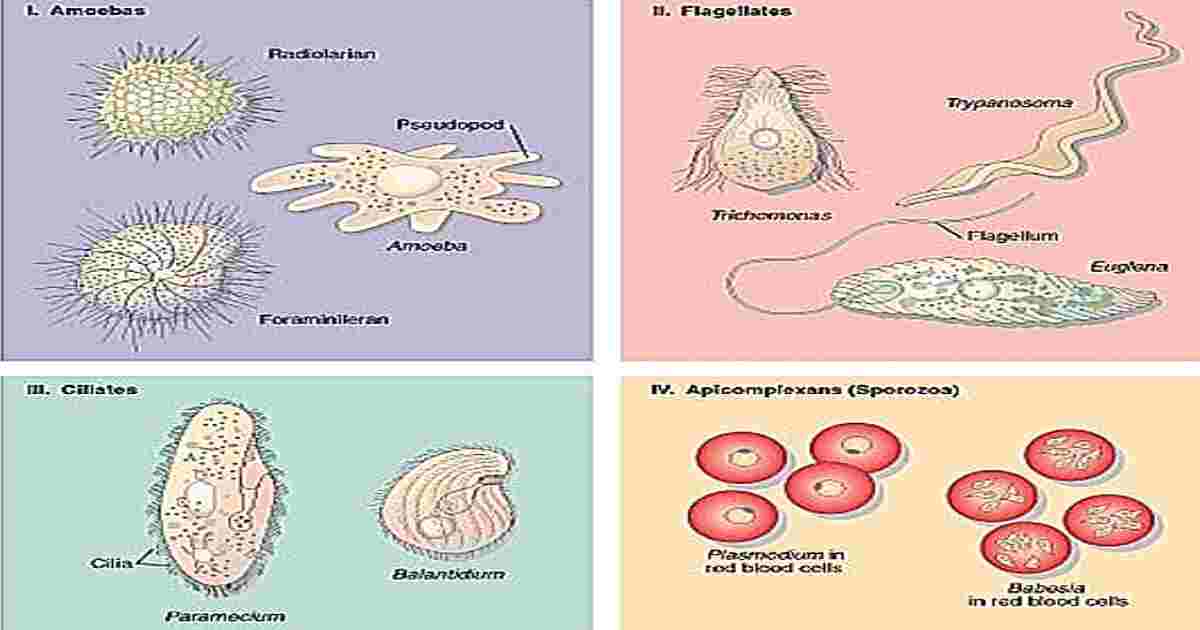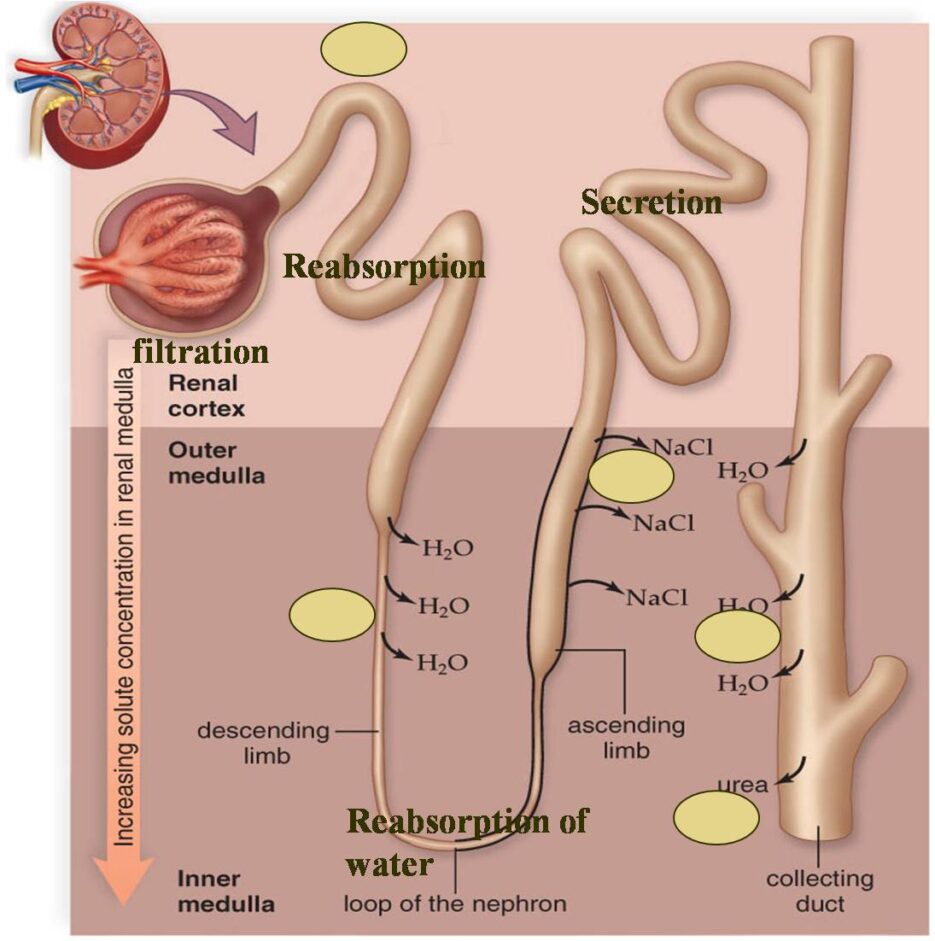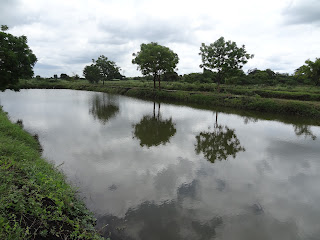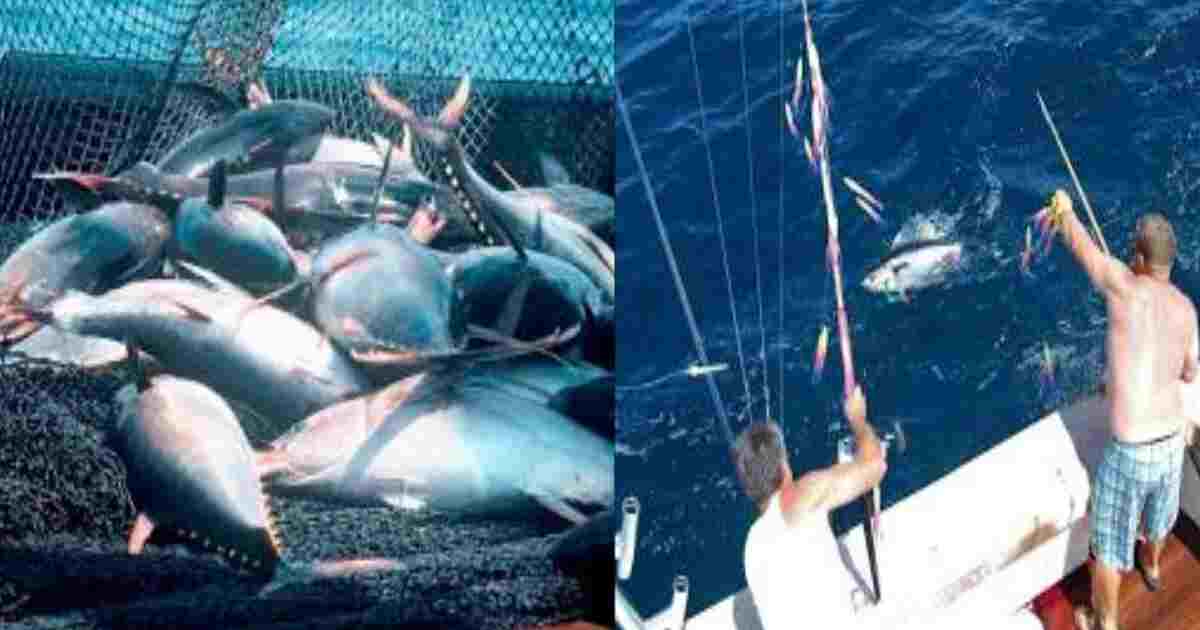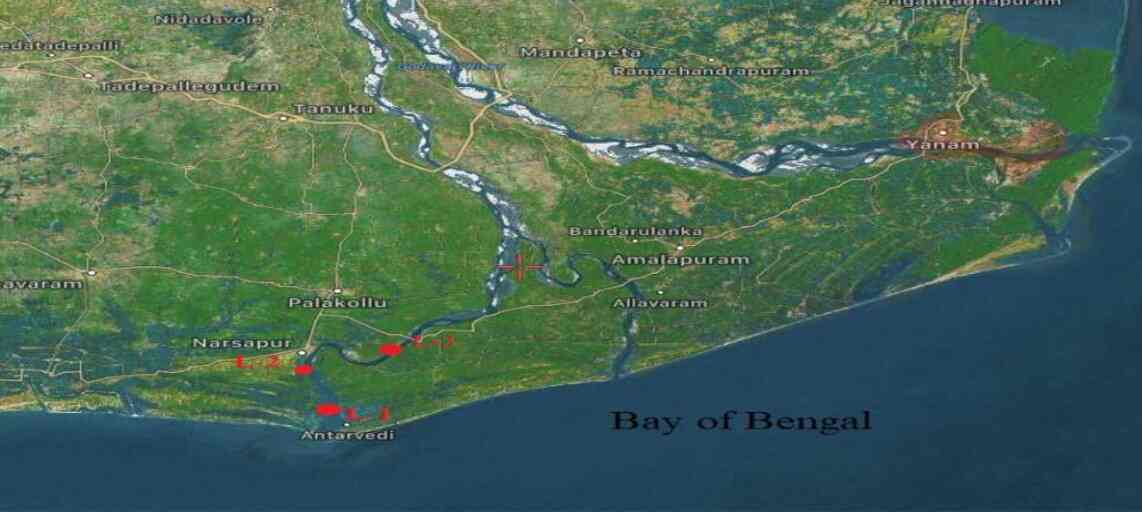Fisheries of Brackish water (Estuaries): The brackish water resources are speared about 14.22 lakh hectare which consisting most of the important estuarine fisheries. The average fish production of estuaries varies from 45 to 75 kg per ha. The estuarine fisheries are included as the large brackish water lakes, mouth of rivers, tidal creeks and east coast and west coast of India. Fishes of brackish water are tolerating wide salinity changes hence called euryhaline. The chief fisheries of brackish water include the mullets, clupeids, catfishes, herrings, anchovies, threadfins, perches and prawns. The principal estuarine fishes include the Hilsa ilisha, Polynemus paradiseus, Polynemus indicus, P. tetradactylus, Tachysurus spp, Pangasius spp., Pama pama and the prawn, Macrobrachium spp. Some of the migratory species also found in estuaries like rays, sharks, flat fishes, half beaks, garfishes, eels, oysters and lime shells.
Fisheries of Brackish water (Estuaries)
Mullets
Mullets are the most important or dominant group of about 12 to 16% of all the cultivable brackish water species. There are about 26 species of mullets are found in the estuarine. Important estuarine fisheries of mullets are the Mugil cephalus, M. parsia, M. tade, M. cunnesius, M. speigleri, Liza troschellii and Rhinomugil corsula
The Mugil cephalus and Rhinomugil corsula are found in freshwater and brackish water of Mahanadi and Ganga rivers. The mullets groups are surface feeders and feed on vegetables debris, filamentous algae, and mud. Maturity attain up to the length of 10 inch. These fishes are breed in brackish water as well as freshwater during May to September. The eggs are pelagic and measuring about 0.90 mm and they hatch out within 15 to 18 hours after fertilization. The larvae float on water. The larvae feed on zooplankton and rotifers. The fry of mullets migrate into the brackish water areas and are caught for culture along the tidal creeks and pools. The mullet are generally fishing in gill nets and seine nets and in shallow areas by cast net. The fry and fingerlings of mullets are caught by Hapa nets, which are rectangular pieces of mosquito net cloth. Small triangular or circular dip nets are also used. Mugil cephalus can tolerate salinity variations and important among mullet group. ‘Fisheries of Brackish water (Estuaries)’
Mugil cephalus
 |
| Mugil cephalus |
Characters :
- Length of head ranges from 4.5 to 4.7 and the height of body from 5.3 to 5.6 in the total length.
- Body is oblong and sub-cylindrical eyes are with or without an adipose lid.
- Dorsal profile from the snout to the base of the dorsal fin is nearly horizontal.
- First dorsal arises midway between the end of the snout and the base of the caudal fin.
- Pectorals fin is found above the middle depth of the body.
- Anal originates opposite exact to the second dorsal fin.
- Body is grayish along the back and silvery below.
- A dark line is present along each row of scales in the upper half of the body. Cheeks are golden.
- Anal is yellowish with a mark along its center and light edge.
Remarks: It attains at least 120cm in length. It constitutes an important fishery in Chilka Lake.
Importance: Fisheries -Highly commercial, aquaculture- commercial, game fish – yes, aquarium – commercial, bait- occasionally.
Clupeids
Clupeids are the principal brackish water fisheries which includes Hilsa ilisha, Pellona spp. Setipinna spp., Nematolosa nausus, Anadontostoma chacnda, Elops saurus, Megalops, etc. out of these the Hilsa ilisha is the most valuable or suitable clupeids. The main fishing season of clupeids fishes is after the monsoon season but the fishes are caught in the winter months also. Fishes are fishing out by gill nets, seive nets, sangha jal, and the bag nets. They are processes with salting and dried under the sun for consumption in the interior part of the country to poor people for long time duration. Hilsa ilisha is the migratory fish and large number fish is caught in Bengal, Kathiawar coast and Orissa. The Hilsa ilisha also found in the flooded rivers of estuaries of the Ganges and the Mahanadi.
Hilsa ilisha (Ham.)
Popular name : ilisha, Chaksi
Local names : Paa
Environment : Marine water or freshwater
 |
| Hilsha ilisha |
Characters :
- Hilsa ilisha is famous or popular fish throughout India.
- It is a popular food fish, particularly in Bengal.
- Body is an oblong compressed, with both profiles equally convex.
- Males are shorter than females in length. They become mature at the age of 1-1/2
years. - Maximum size about 60 cm and weight 2.5 kg
- It is a fast swimming fish and feeds on both phytoplankton and zooplankton.
- It is deep-water euryhaline fish. It is marine but lays its eggs in freshwater.
- They use to migrate from the Bay of Bengal and regularly reach as far as Allahabad through the river Ganges.
- Color of this species is silvery, shot with gold and purple, Greenish above.
- It may spawn several times during the spawning season. Eggs are 2.0-2.3 mm. in diameter.
- Hatching takes place in 12-24 hours after fertilization. When the shape and characters
of the adult.
Catfishes
The catfishes are comparatively cheaper and popular among the poor class, which are having large barbels. They are found in both freshwater and brackishwater. In estuarine the most important species of catfishes are Arius, Clarias spp. Mystus spp, Osteogenosus militaris, and Pangasius pangasius. The breeding season of catfishes varies from November to March, during which they migrate to estuarine water to spawn. After that, they become sluggish and fishing in large numbers with cast net, jal, hooks and gill net.
Perches
The perches group also important of brackish water fisheries that includes most of the important species viz., Lates calcarifer, Etroplus suratensis, E. maculatus, Lutzanus spp., Ambassis spp., and Therapon spp, Epinephius spp. Among these the Lates calcarifer commonly known as Bekti and it constitutes important fisheries of Ganga, Godavari and Mahanadi estuaries on the east coast and Kalinadi, Aghanashini and Sharsvati estuaries on the west coast. It has good fetch market value and most popular perches fish.
Lates calcarifers (Bloch)
Popular name : Sea perch
Local names : Fitadar
Environment : Marine water
 |
| Lates calcarifer |
Characters :
- It often frequents brackish waters and freshwater.
- It grows to enormous size reaching 1.5 meter in length and weighing 5.0-6.0kg.
- The usual market size is about 45-50 cms.
- The body is oblong and the mouth is in front of the snout.
- It has two dorsal fins among first dorsal fin has strong spines and the caudal fin is
rounded. - Colour grey, dark green along back and silvery below.
- This species can be cultivated in tanks.
- It is an excellent game fish and is from its air bladder.
Chanos chanos (Forsk)
Popular name : Milkfish
Local names : White mullet
Environment : Marine water
 |
| Chanos chanos |
Characters :
- It is also an important fish of the brackish water
- It is common on the Malabar coast. It is abundant in the coastal waters of the Arabian sea and with regularity they migrate towards the river mouth for spawning.
- When their eggs hatch out, larvae grow into fingerlings and the latter leave for the sea.
- Its maximum length is 150 cm
- Eggs are pelagic and about 12 mm in diameter.
- It is highly esteemed as food and is of considerable in fish culture in embanked brackish water.
- Body is compressed, beautifully shaped with silvery green along back. Scales are small. Mouth is small and toothless.
Thread fins
Most important brackish water thread fins fish is Elentheronema tetradactylus, commonly called as Indian salmon and it is widely distributed along the coast zone of India. Its larval stages are found in the lower reaches of estuarine water and they come at the mouth of sea for food. The fishing is done as similar as mullets, clupeids and other fishes in seine nets and dragnets. Other important threadfins are Polynemus indicus and Polynemus paradiseus an occasional east coast of India.

